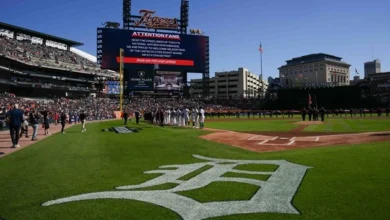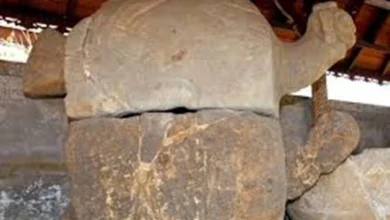How the Amazon jungles yielded a historic garden city with “black gold”—not oil
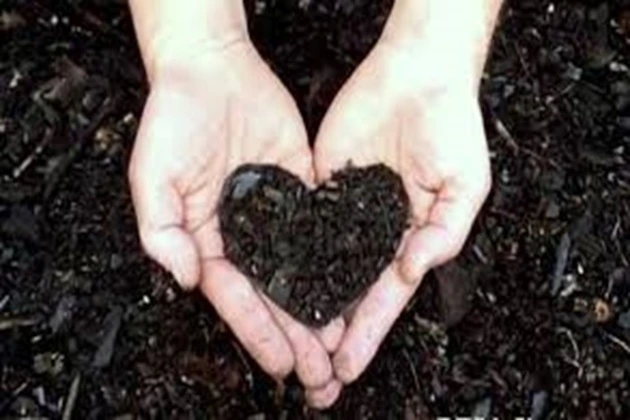
At the end of 2023, an international group of scientists went on an expedition to the east of Ecuador to explore the “Amazonian dark land” known as “black gold.” It wasn’t easy to get there – first, they had to land on a small plane on an abandoned runway overgrown with tall grass, then make a long journey through dense rainforest, but it was worth the trip – there, in a remote forest area in the Upano Valley, a lost ancient city was discovered, hidden for thousands of years under lush vegetation.
The “dark” Earth reveals the secrets of the Amazon
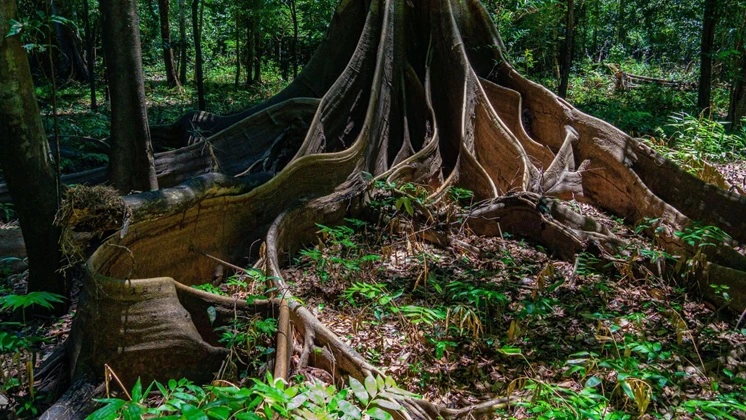
Scientists have long been interested in the Amazon River basin’s so-called “Amazon dark earth” areas. These areas are coal-black and extremely fertile soil, the layer of which can reach three meters or more.
Unlike the sparse sandy soils typical of tropical forests, this soil is rich in decomposing organic and nutrient substances such as nitrogen, potassium, and phosphorus, which benefit crop cultivation. It also contains many inorganic compounds, such as ashes, ceramics, bones, and shell rock, which greatly interest archaeologists.
But what was discovered in the last expedition made us look at the “Amazon Dark Land” differently. Scientists have concluded that these areas of soil are not formed naturally—they are the result of the work of ancient people from a bygone era when indigenous peoples formed a thriving network of settlements in the rainforests of South America.
In January 2024, scientists discovered a long-vanished ancient “garden city” hidden under the foliage of a tropical forest in Ecuador’s Upano Valley. According to archaeologists, this city is older than any other city that existed on the Amazon in previous centuries. It is at least two and a half thousand years old, and its discovery changes the understanding of ancient Amazonian cultures.
Garden City
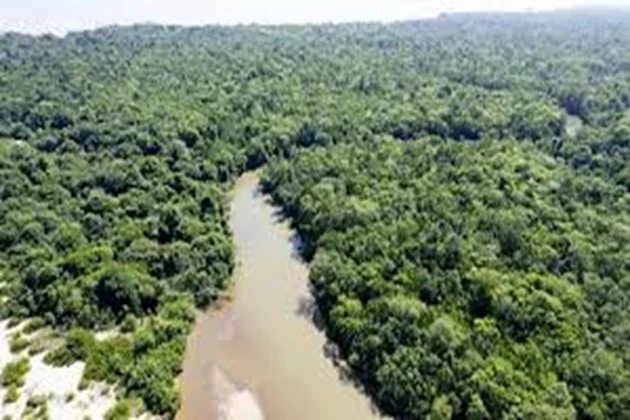
As the expedition moved deeper into the rainforest, moving away from the Amazon, everyone thought this was an untouched wilderness where no human had set foot. However, the more observations the scientists made, the more obvious it became that this was not a virgin forest, and there were traces of a former civilization everywhere. Visit . A F R I N I K . C O M. For the full article. Some cultivated trees grew in these places much more often than wild ones. Moreover, the further people entered the forest, the more they became.
Using laser sensors mounted on the aircraft, the scale of the ancient settlement was identified under dense plants and trees. It once represented a large urban center with houses, streets, and ceremonial squares built by cutting into hills and creating an earthen platform on top. Remnants of hearths, pitchers, stones for crushing plants, and burnt seeds were found on the platforms. The people living there were mainly engaged in agriculture. They ate corn and sweet potatoes and drank “chicha,” a type of sweet beer.
A network of straight roads and trails was laid between the individual buildings, one of which was 25 kilometers long. Straight roads, some of which were located at right angles to each other, especially impressed the archaeologists because it is much more challenging to build a straight road than one that fits into the landscape. The scientists also discovered dams with ditches, which they believed were channels that helped manage the region’s abundant water resources.
Why has the climate on Earth changed

The “Amazonian dark earth” first aroused the interest of researchers at the end of the 19th century, when several scientists, independently of each other, noticed black soil layers that contrasted with the surrounding reddish Earth. One of the first researchers described this soil as “thin black loam” and noted that “there are fragments of Indian ceramics everywhere in it, which in some places are so numerous that they almost cover the ground.”
However, the nature of this black land remained a mystery. Scientists wondered if these soils were created by chance through the activities of many generations of Indigenous people who throw out the garbage or if they were made deliberately to enrich tropical forests and increase their suitability for agriculture.
After the 2023 expedition, an international group of scientists decided to clarify the situation. By combining the analysis of the soil structure and composition with observations and interviews with the Indigenous population in Kuikuro, living in the southeastern Amazon, the researchers concluded that these soil layers are indeed man-made.
The age and distribution of these soil deposits are evidence of the rise and fall of ancient indigenous civilizations throughout the Amazon. Although the oldest layers of these chernozems are about five thousand years old, the greatest cultural changes begin in those soil layers, the age of which was determined two thousand years ago.This is the average age of the black sediments found in the vast Amazon Basin. At this stage, the indigenous communities of this land formed more extensive settlements.
But about 500 years ago, something clearly went wrong, and “Amazonian dark earth” production began to decline and then stopped altogether. Scientists are sure this was a consequence of Christopher Columbus’s arrival in South America in 1498. When he erected the red and gold flag of Spain here, it marked the beginning of the “great extinction” of the indigenous peoples of America.
By 1600, 56 million Native Americans had been killed across America. This is a gigantic figure, which, according to scientists, has led to the global human impact on the Earth’s ecosystem and the disruption of its climate.
Secrets of the “black gold”

Although many ancient inhabitants of the Amazon have long since disappeared, their legacy in the “Amazonian Dark Land” remains. Interestingly, not all “dark lands” have the same composition. They vary greatly depending on the specific ingredients used in different regions. However, the basic composition of food waste with the addition of feces and charcoal and the mechanism of their formation and enrichment are similar, and researchers are very interested in them.
As it turned out, the “Amazonian dark earth” is extremely rich in nutrients and a powerful carbon sink – it contains 7.5 times more carbon than the surrounding soils. As the “dark” soil accumulates, carbon becomes trapped underground, which delays its release into the atmosphere, where it remains preserved and stable for hundreds of years. It is not yet clear why carbon in “dark” soil behaves this way, but scientists suspect that it is related to “black carbon,” also known as biochar.
This key ingredient consists of organic material that turns into almost pure carbon at high temperatures and in the presence of a small amount of oxygen. This process does not emit as much carbon dioxide as charcoal production but produces a fine, crumbly black product found in the “dark lands” throughout the Amazon.
In addition to carbon retention, biochar improves structure, aeration, and water retention in the soil and promotes nutrient retention, which ensures healthy plant growth. It is believed that using the experience of the ancient indigenous people of the Amazon will be important for future generations, as the Earth’s climate continues to change. Apocalyptic predictions about what awaits Europe and all mankind in the future cannot be ignored.

